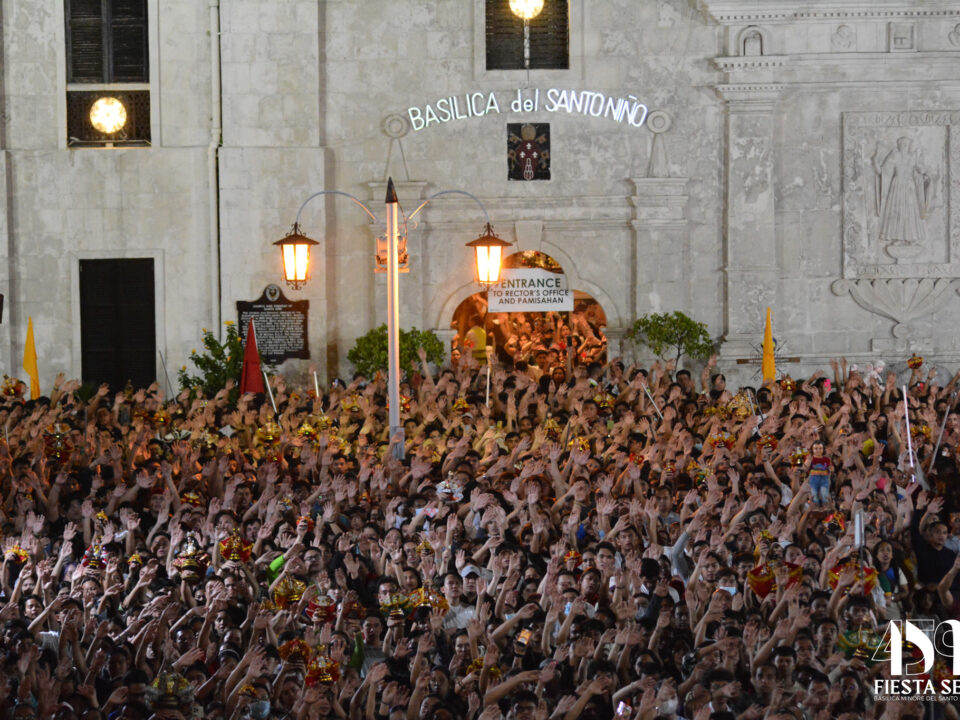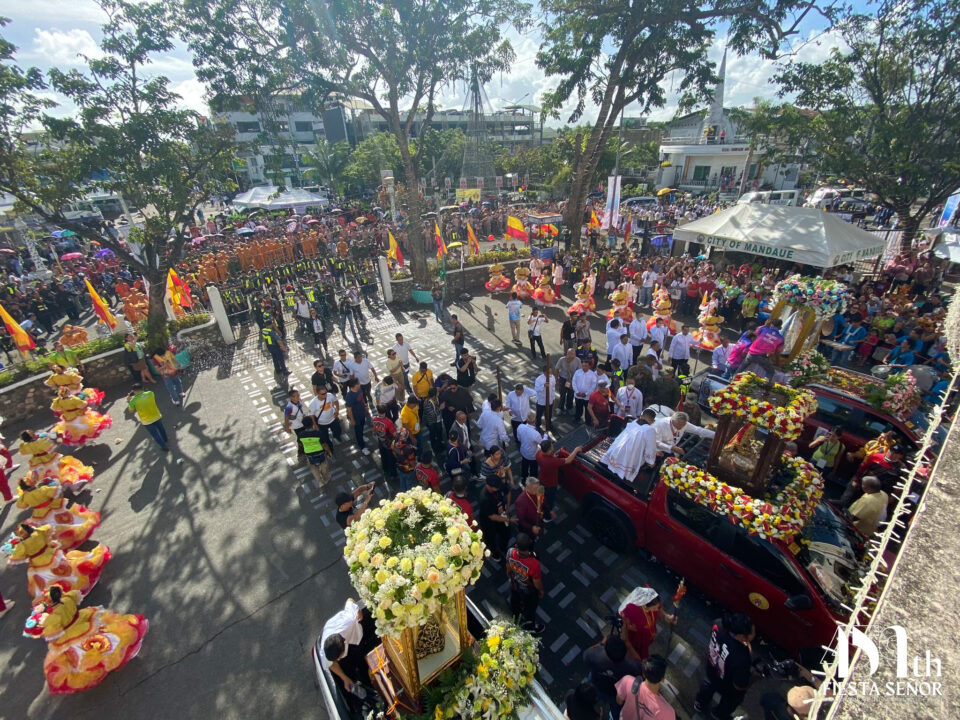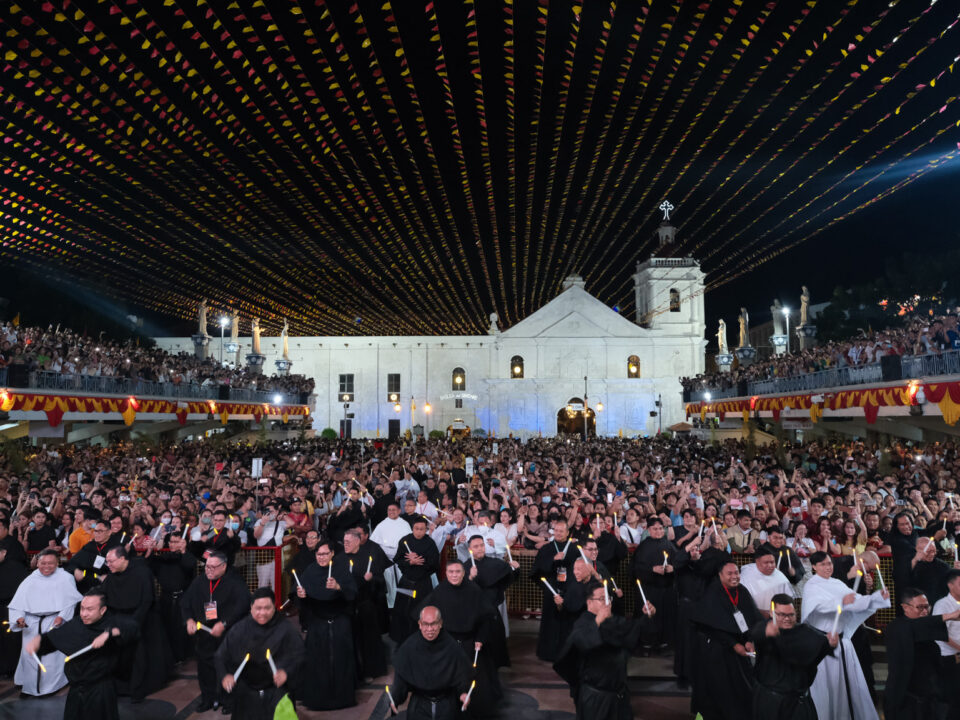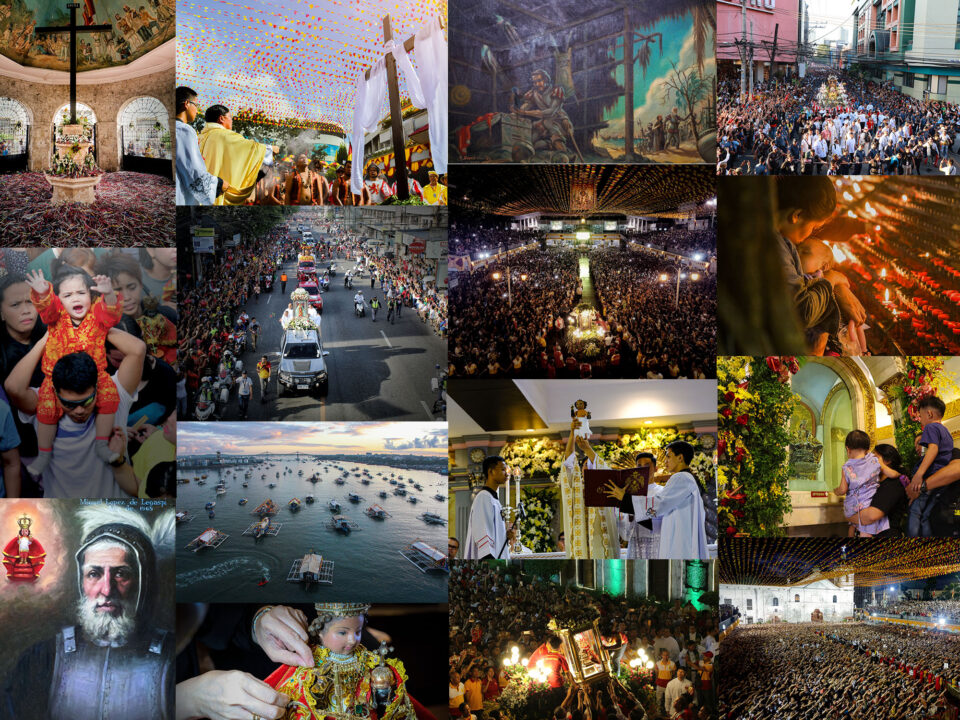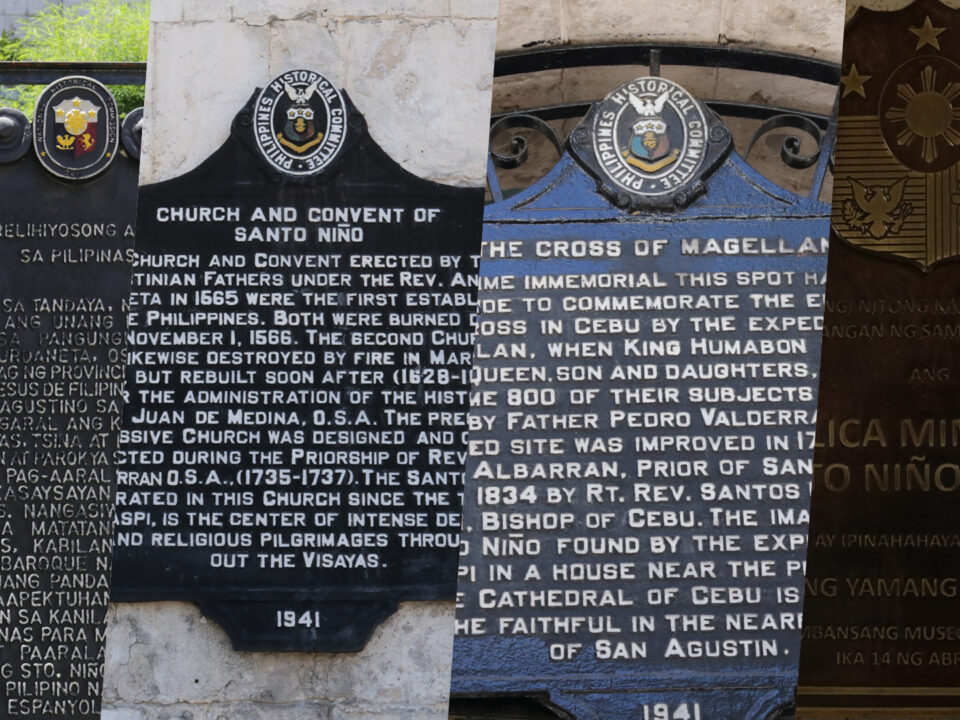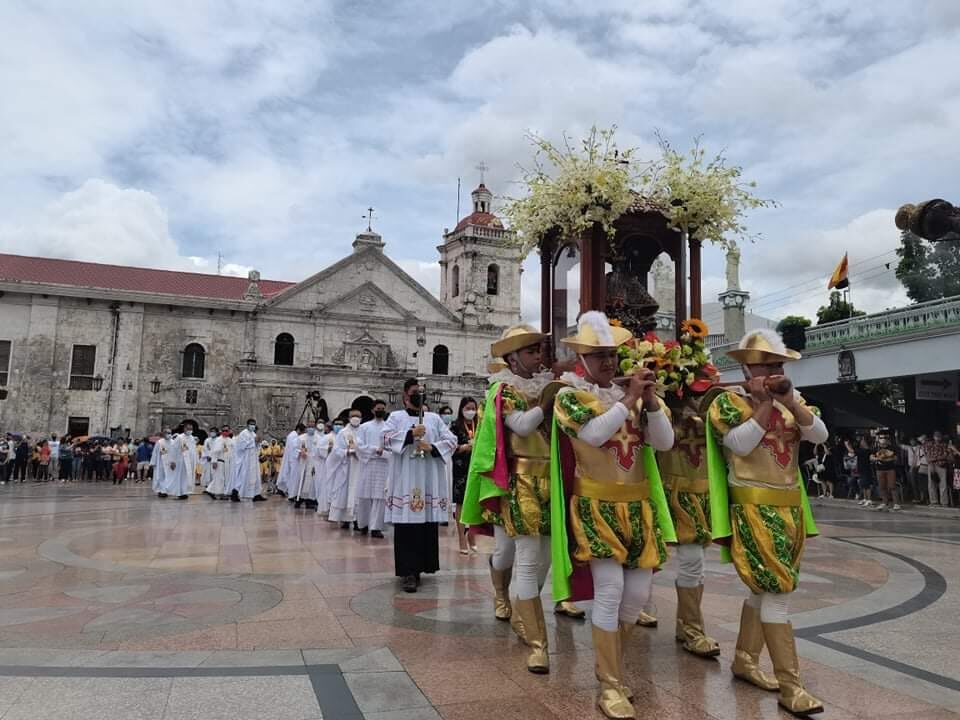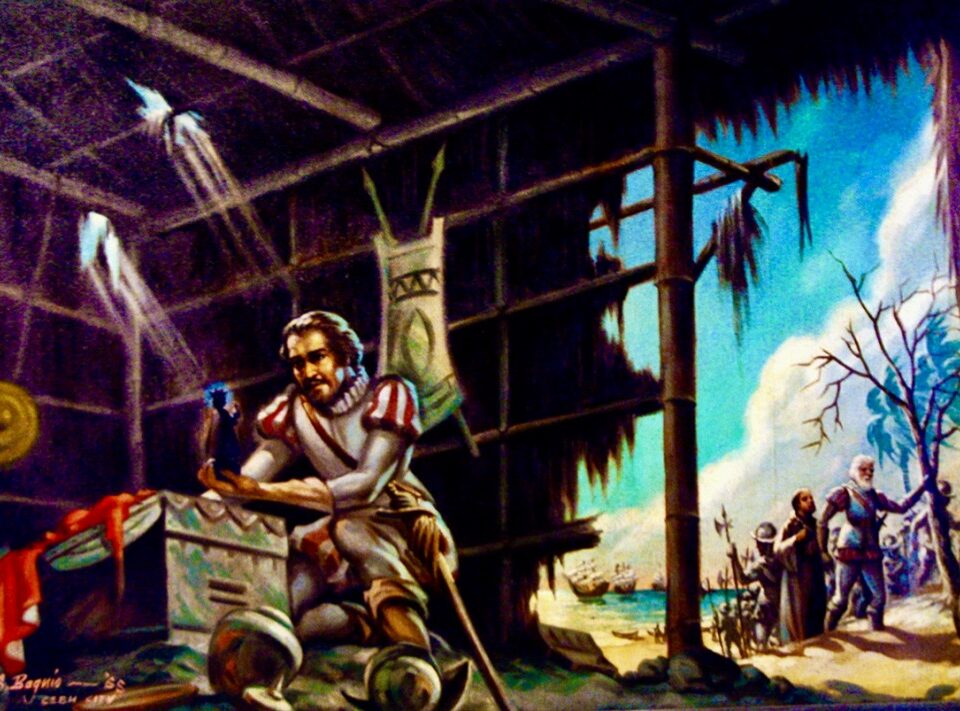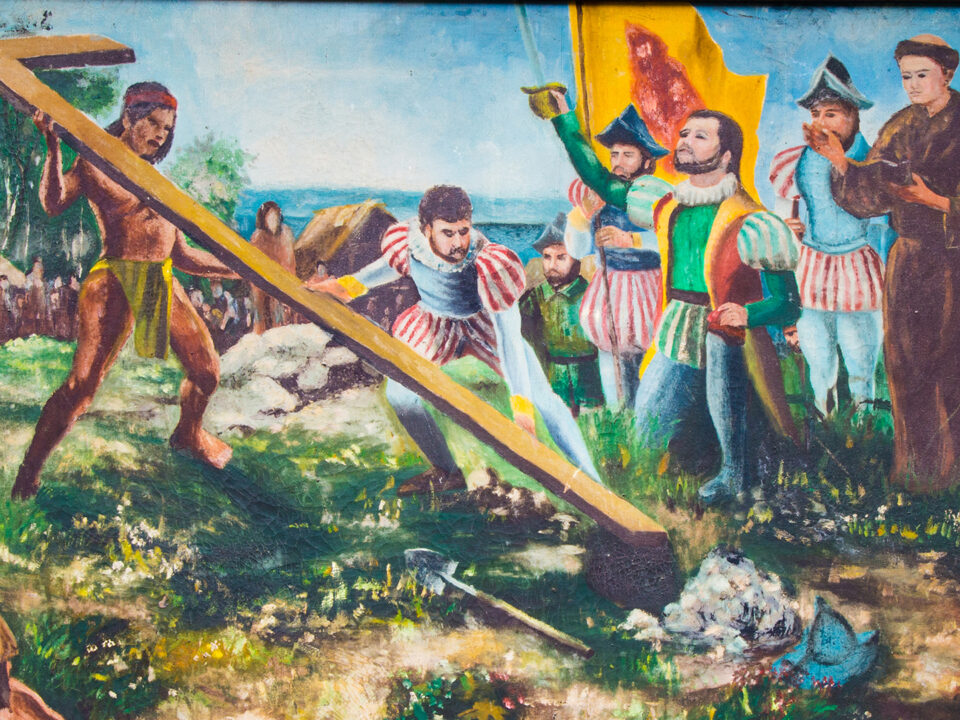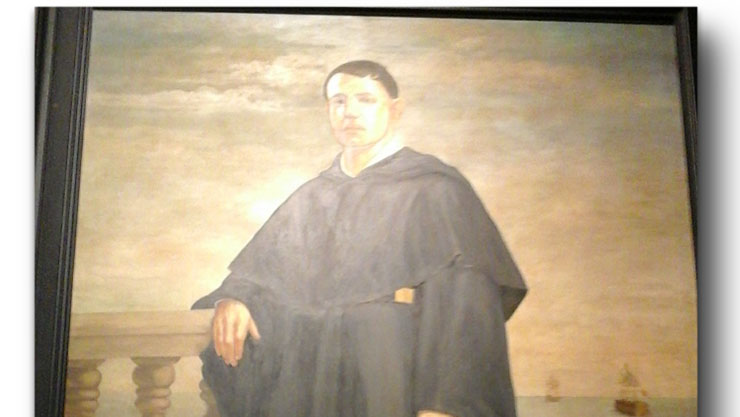January 19, 2024
January 19, 2024
Before Sinulog was transformed into a touristic event in the 1980s, as it is in Cebu today, in childhood, I have been dancing together with my Lola in the church and chapels during the feast of Santo Niño. I once asked her why do we have to dance in front […]
January 19, 2024
January 19, 2024
One of the highlights of the Fiesta Señor celebration is the Fluvial Parade which is held on Visperas Day, a day before the feast of the Holy Child. For the past years, the Sto. Niño de Cebu image is accompanied by the image of the Our Lady of Guadalupe, the […]
January 17, 2024
January 17, 2024
Traditional Religious Sinulog On the eve of the celebration of the Feast of Santo Niño (every third Sunday of January), after the pontifical mass that usually starts at 6:00 pm or after the arrival from Solemn Foot Procession, devotees dance and raise their hands to offer their prayers to the […]
January 18, 2023
January 18, 2023
The devotion to Santo Niño is no exception to various religious piety expressed by the devotees who visit the Basilica annually to celebrate the feast of the Holy Child Jesus.
May 11, 2022
May 11, 2022
Excerpt from an unpublished script “From the Arrival to the Discovery: The Journey of Sto. Niño” written and presented by Fray Ric Anthony A. Reyes, OSA on January 29, 2021 to the “Gabii sa Kabilin 2021 Online Activities” Cebu City, Philippines
April 28, 2022
April 28, 2022
Excerpt from an unpublished script “From the Arrival to the Discovery: The Journey of Sto. Niño” written and presented by Fray Ric Anthony A. Reyes, OSA on January 29, 2021 to the “Gabii sa Kabilin 2021 Online Activities” Cebu City, Philippines
April 27, 2022
April 27, 2022
In commemoration of the 501st anniversary of the planting of the cross the Basilica Minore del Santo Niño de Cebu has organized a Via Crucis.
April 13, 2022
April 13, 2022
In commemoration of the 501st anniversary of the planting of the cross the Basilica Minore del Santo Niño de Cebu has organized a Via Crucis.
October 18, 2021
October 18, 2021
Today (July 23, 2021), Rev. Fr. Nelson G. Zerda, OSA has been officially installed as the new Rector of the Basilica Minore del Sto. Niño de Cebu – the home of the five- century old miraculous image of the Holy Child.



